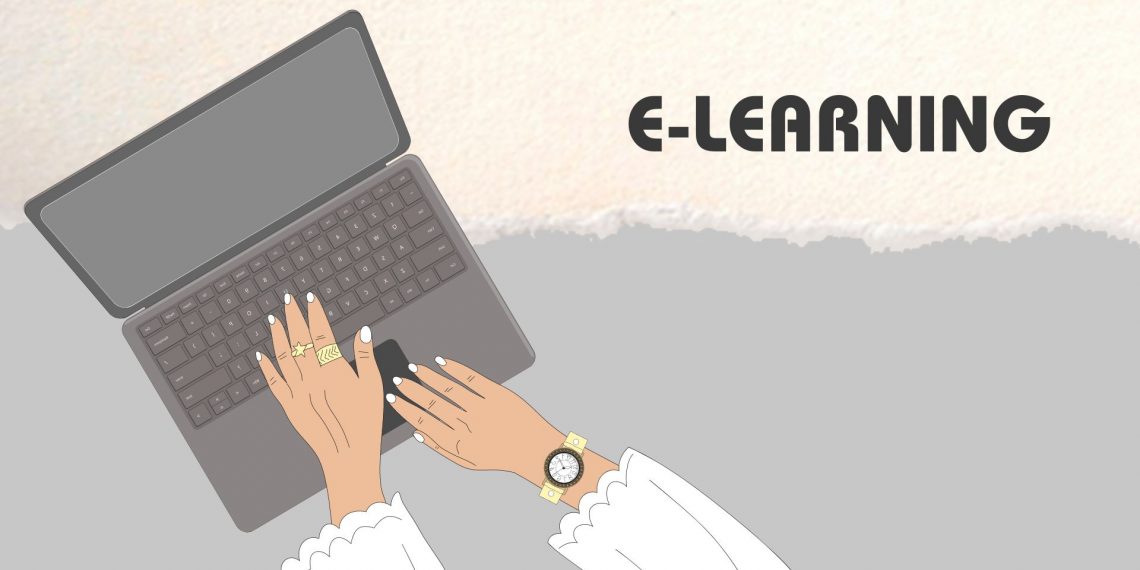In the digital age that is evident today, technology acts as a key agent in education, rallying many tools and opportunities for learning. However, though technology could define the way education works, we face a serious digital divide which makes some people able to access technologies that a few can not. Overcoming this gap becomes not only a necessity but also the only way for the next generation to remain competitive and succeed in the digital age.
The Digital Divide in education is one of the issues which needs to be known more and more. This gap is called digital split as it forms a difference between people who use ICTs (modern information and communication technologies) and those who don’t. Therefore, during the schooling period, this divide has its expression in the imbalances in access to physical devices including laptops, notebooks, and the internet, as well as the difference in digital/information literacy and competency. Filling this gap is indispensable for skillful students as they will be able to access the required resources in the modern world.
Importance of Access and Use of Technology in Education
Opening the door to technology education enables students to enjoy in various exciting learning activities and access learning material, promoting digital literacy and thus preparing them for the world of work in the 21st century. Lastly, remote learning and digital classrooms have become the norm, implying that technology is more crucial than ever. Thus, it is high time to tackle the digital divide to ensure that all students are on equal terms in education with technology.
Barriers to Equitable Access
An educational technology-assimilation barrier is one that is presented due to socioeconomic status. Low-income families may lack resources for devices and internet connection that are critical for online education, which then creates problems with participation in e-learning activities. Other than geographical location, lack of available internet also creates challenges such that it hampers students located in rural areas or remote areas who lack sufficient and reliable internet infrastructure.
Addressing the Digital Divide
To bridge the digital gap in education, it is necessary, therefore, to enable the formulation of inclusive approaches that are desired to tackle the problem of access to technology as well as technical literacy. This includes:
Investing in Infrastructure: The government and educational foundations should provide for the expansion of the internet infrastructure especially in rural areas by connecting to high-speed internet to be able to reach out to the underserved people.
Providing Devices: Schools must give students the means to utilize devices such as laptops or tablets either in the form of loans or low-cost buys to ensure deficiency in none of the learning tools is felt.
Digital Literacy Training: Furthermore, student digital literacy skills training is critical in addition to technology access, the students should be able to effectively use digital tools, critically analyze online information, and protect their privacy and security online.
Supporting Educators: Teaching personnel make of great contribution to ensuring the use of technology in developments within the classroom in the right way. Facilitating educators with professional development events and collecting the resources aimed to improve their digital pedagogical literacy is a key strategy to leverage technology to its fullest potential.
An example is the Digital Access Initiatives when considering its efforts in fighting the digital divide.
A number of projects in developed and developing countries go down this path by diminishing the digital inequality in education. For example:
Google Scholar: Google Scholar is an online tool of Google Libraries that provides free access to scholarly articles, books, and research papers where students and researchers can discover them firsthand from any part of the world with an internet connection.
One Laptop Per Child (OLPC): OLPC is a solution that proposes to lower the price of laptop computers and give children living in developing countries opportunities to gain education access and digital literacy through these devices.
Digital Commerce: With the advent of digital commerce platforms, like e-commerce websites, and online marketplaces, remote residents anywhere in the world are able to access and acquire goods and services regardless of the geographic location, which in a way helps to erode the digital divide in areas such as the access to goods and services.
Conclusion
Education gap widening is intolerable and the cause of that must be found which can equalize all students’ chances of success in the digital world. Overcoming the obstacles to getting an education, teaching digital literacy, and encouraging teachers who make a place of safe learning where students can get a brand new set of tools to complete their studies without hindrance. Programs like the Dual Program of Year, the Worldwide organization-wide Anti-corruption Platform, and digital trade platforms (e. g. bitcoin) exemplify far progress in making sure that technology is an equalizer and not a barrier to education. In case we move to the year 2024 and beyond, it is undoubtedly crucial to maintain and go on with the initiatives to narrow the digital divide and make a more just and equal environment for the education of everybody.



